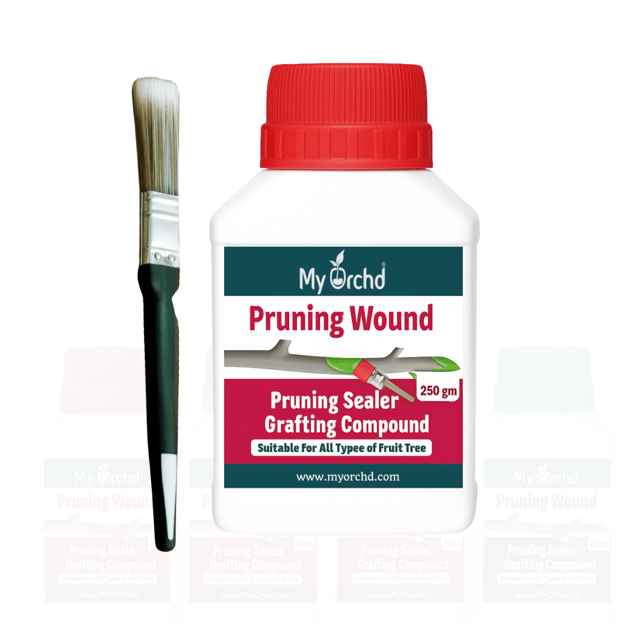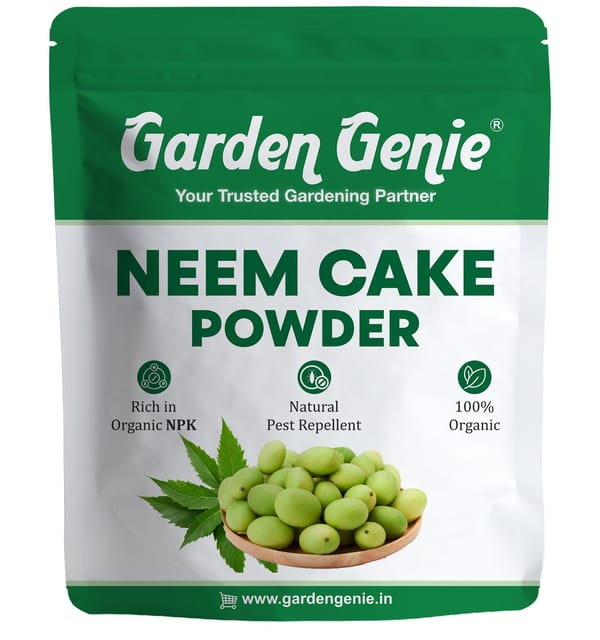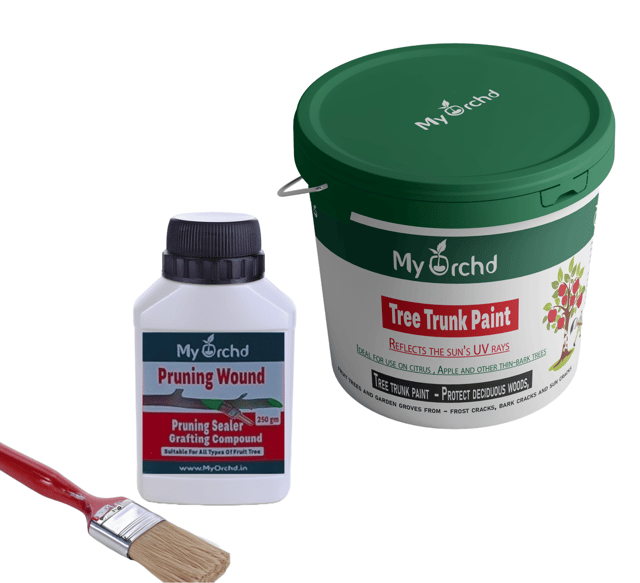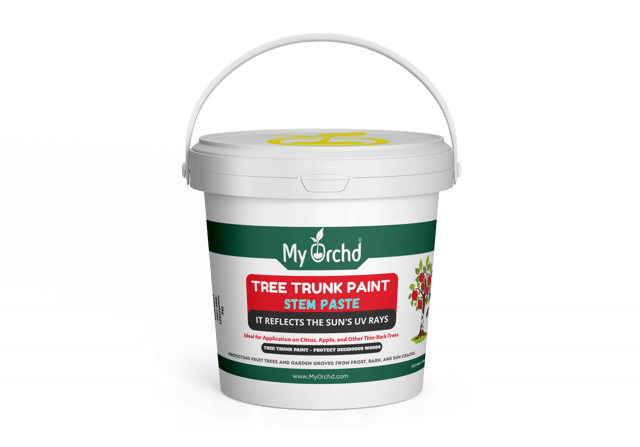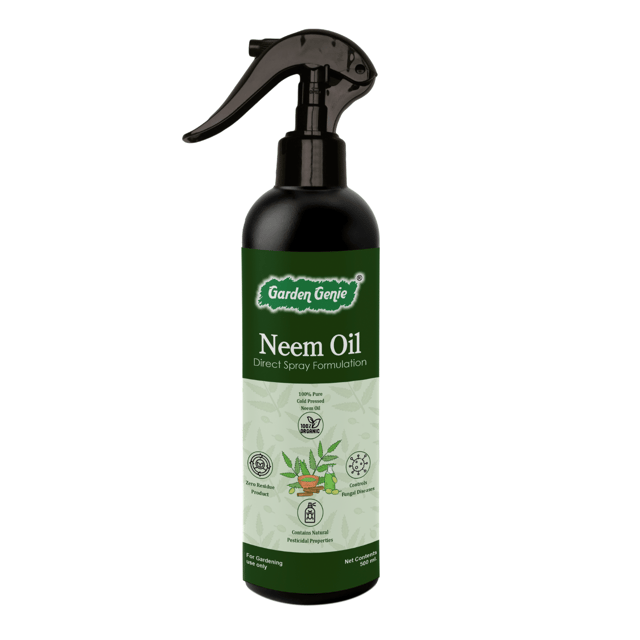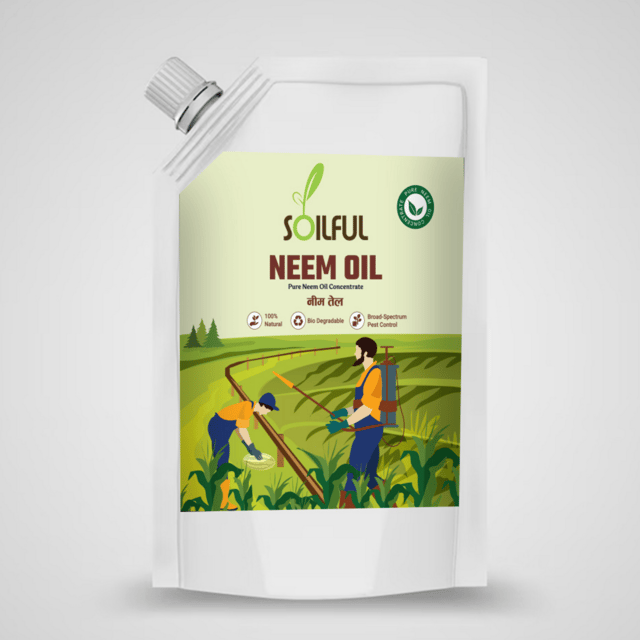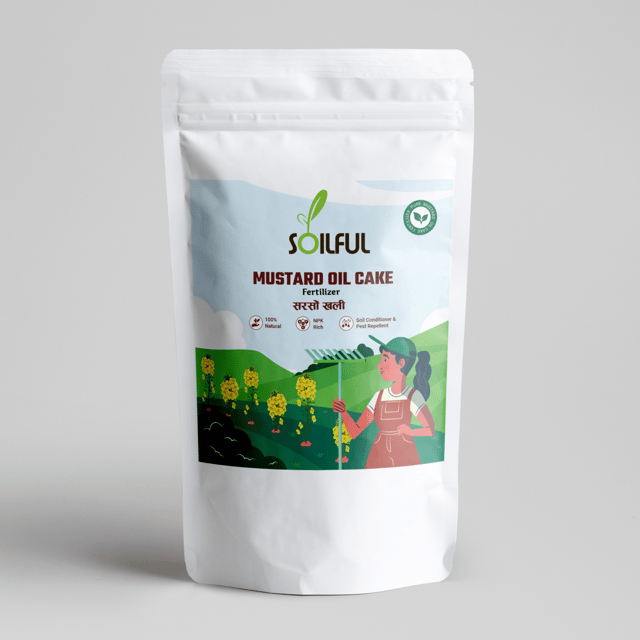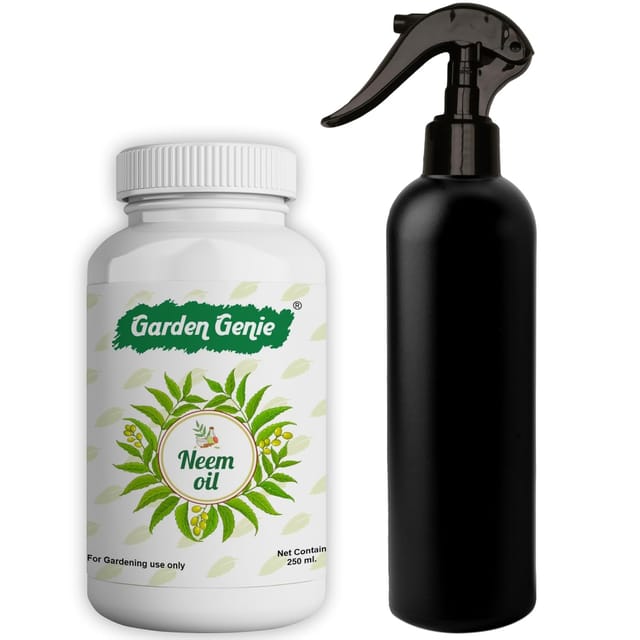- English
- हिन्दी - HI
Choose your location
Please provide your delivery pincode to see products available in your area
Pest & Disease Control
Pest & Disease Control: Protecting Your Garden for Healthy Growth 🐞🌿
One of the most challenging aspects of gardening is dealing with pests and plant diseases. These issues can damage your plants, reduce yields, and even kill you...
Pest & Disease Control: Protecting Your Garden for Healthy Growth 🐞🌿
One of the most challenging aspects of gardening is dealing with pests and plant diseases. These issues can damage your plants, reduce yields, and even kill your garden. But don't worry – with the right knowledge and tools, you can effectively control pests and diseases, ensuring a thriving and healthy garden. In this guide, we’ll dive into essential pest and disease control methods, including prevention, organic solutions, and more.
Why Pest & Disease Control Is Crucial for Your Garden 🌱
Pests and plant diseases can wreak havoc on your plants, causing stunted growth, damaged leaves, poor flowering, and fruiting, and sometimes even plant death. By managing pests and diseases effectively, you help maintain the health and productivity of your garden, ensuring it flourishes season after season.
Common Pests in the Garden 🐛
1. Aphids 🌱
Aphids are tiny, soft-bodied insects that feed on plant sap. They can weaken plants by draining their nutrients and spreading diseases like the mosaic virus.
- Signs: Curling or yellowing leaves, sticky residue (honeydew) on plants, presence of ants.
- Control: Use insecticidal soap, neem oil, or introduce natural predators like ladybugs.
2. Whiteflies 🦋
Whiteflies are small, flying insects that typically infest the undersides of leaves. Like aphids, they suck plant sap and can transmit plant viruses.
- Signs: Yellowing leaves, wilting, honeydew, and sooty mold.
- Control: Use yellow sticky traps, neem oil, or biological controls like parasitoid wasps.
3. Mealybugs 🐜
Mealybugs are another sap-sucking pest that can lead to stunted growth and yellowing leaves. They appear as white, fuzzy spots on plants.
- Signs: Sticky residue, deformed leaves, and a sugary build-up on the plant.
- Control: Treat with rubbing alcohol, neem oil, or insecticidal soap.
4. Caterpillars 🐛
Caterpillars, in various forms, feed on leaves and flowers. Some can quickly strip plants of their foliage.
- Signs: Holes in leaves, missing flower petals, presence of caterpillar larvae.
- Control: Hand-pick caterpillars, introduce beneficial insects like parasitoid wasps, or apply Bacillus thuringiensis (Bt).
5. Slugs & Snails 🐌
Slugs and snails are notorious for feeding on tender leaves and flowers, especially in damp conditions.
- Signs: Holes in leaves, silvery slime trails.
- Control: Use beer traps, copper barriers, or diatomaceous earth around plants to deter them.
Common Plant Diseases 🦠
1. Powdery Mildew 🦠
Powdery mildew is a fungal infection that creates a white, powdery coating on leaves, stems, and flowers.
- Signs: White, powdery spots on leaves, stunted growth.
- Control: Remove infected plant parts, apply fungicides, or use a mixture of baking soda and water.
2. Downy Mildew 🦠
Downy mildew causes yellow or brown patches on the leaves and can result in plant death if left untreated.
- Signs: Yellowing leaves, fuzzy white growth on the underside of leaves.
- Control: Improve air circulation, use fungicides, and remove infected parts.
3. Blight 🍂
Blight is a common fungal or bacterial disease that affects tomatoes, potatoes, and other plants, causing spots, lesions, and rot.
- Signs: Brown spots, wilting, and darkening of plant tissues.
- Control: Remove infected plants, rotate crops, and apply fungicides or bactericides.
4. Rust 🍂
Rust causes orange, red, or yellow spots on leaves and can spread rapidly, leading to leaf drop and poor plant health.
- Signs: Orange or brown pustules on the underside of leaves.
- Control: Prune infected plants, avoid overhead watering, and use fungicides.
5. Root Rot 🪴
Root rot is caused by fungal pathogens that thrive in waterlogged soil, leading to decayed roots and plant death.
- Signs: Yellowing leaves, wilting, and foul-smelling soil.
- Control: Improve soil drainage, avoid overwatering, and remove affected plants.
Preventative Measures for Pest & Disease Control 🛡️
1. Proper Watering Practices 💧
Overwatering or underwatering can stress plants, making them more vulnerable to pests and diseases. Water plants at the base to avoid wetting the foliage, and ensure the soil drains well.
2. Healthy Soil & Fertilization 🌿
Fertilize your plants with the right nutrients to keep them strong and resilient. Healthy plants are less likely to be attacked by pests and diseases.
3. Crop Rotation 🌾
For vegetable gardens, rotating crops each season can prevent pests and diseases that favor specific plant families from accumulating in the soil.
4. Mulching 🌱
Applying mulch around plants helps maintain soil moisture and temperature, reduces weeds, and creates a barrier for certain pests.
5. Remove Diseased or Damaged Plant Parts 🌿
Regularly inspect your plants and remove any infected or damaged leaves, stems, or roots to prevent pests and diseases from spreading.
Natural & Organic Pest Control Solutions 🌿
1. Neem Oil 🌿
Neem oil is a powerful natural pesticide and fungicide that can control a wide range of pests and diseases. It’s safe for most plants and beneficial insects when used correctly.
- How to Use: Dilute with water and spray on affected plants, especially the undersides of leaves.
2. Insecticidal Soap 🧼
Insecticidal soap is effective against soft-bodied pests like aphids, mealybugs, and whiteflies.
- How to Use: Spray directly onto pests, covering all plant surfaces.
3. Diatomaceous Earth 🏜️
Diatomaceous earth is a natural powder that dehydrates pests like slugs, snails, and insects without harming plants.
- How to Use: Sprinkle around plants or apply to soil surfaces to create a barrier.
4. Companion Planting 🌻
Certain plants, like marigolds, garlic, and basil, can naturally repel pests and improve plant health. Planting these alongside your crops can help deter harmful insects.
Why Choose Paudhewale.com for Pest & Disease Control? 🌿
At Paudhewale.com, we provide an extensive range of pest and disease control solutions to protect your plants effectively and organically. Here’s why you should choose us for your garden care:
- High-Quality Products: We offer only the best pest and disease control products from verified sellers across India.
- Natural & Organic Options: Our range includes eco-friendly, safe products that are gentle on your garden but tough on pests.
- Expert Guidance: Need advice on pest control? Our team is ready to provide you with expert tips and recommendations tailored to your garden needs.
- Convenient Shopping: Browse and order all your pest and disease control essentials with just a few clicks, delivered right to your door.

